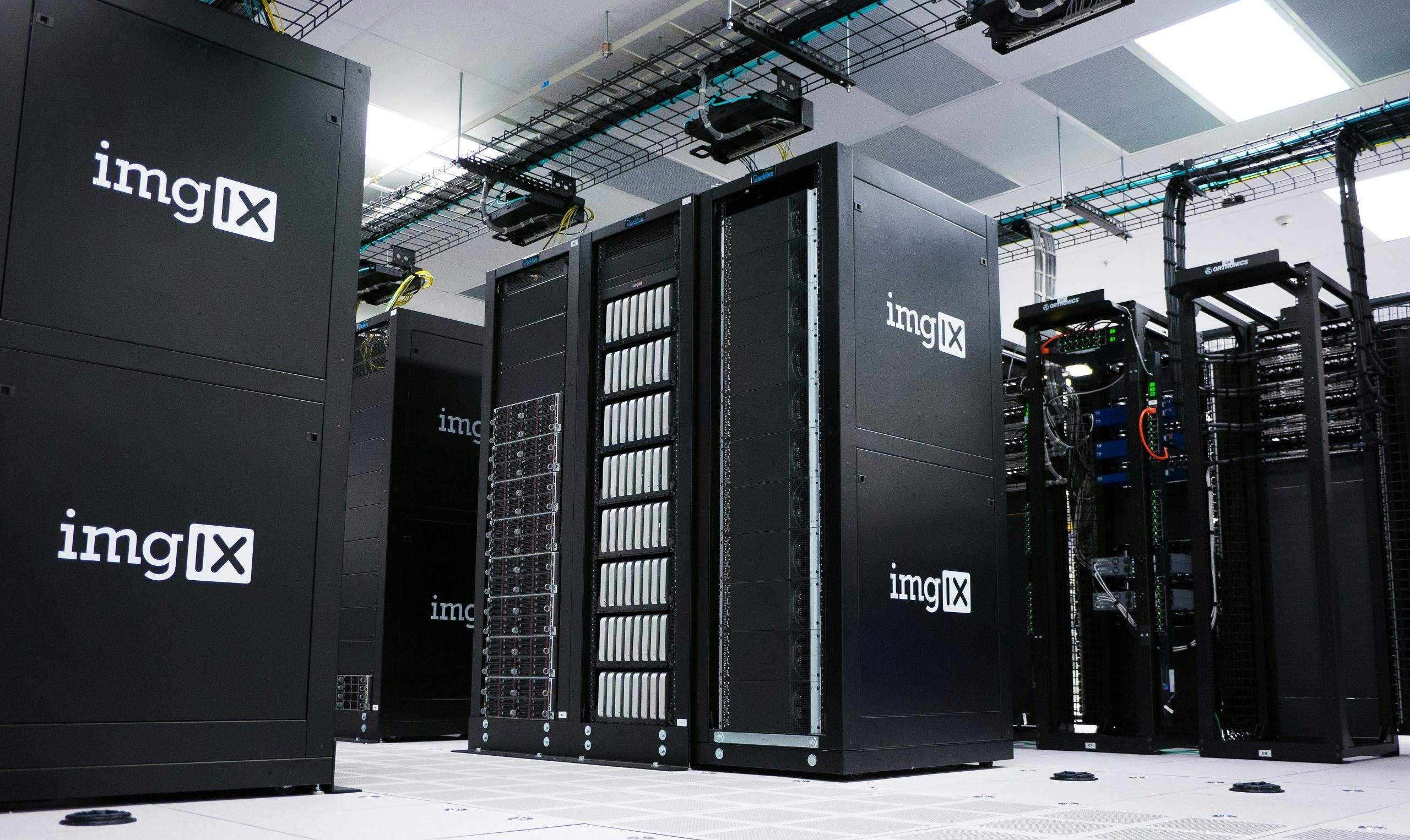Textile Technology: Wearable Innovations Reshaping Personal Identity
The evolution of technology has had a profound impact on our daily lives, from the way we communicate and work to the way we dress and express ourselves. As technology continues to advance, it has paved the way for new innovations in the world of fashion and textiles. Wearable technology, in particular, has emerged as a disruptive force, reshaping personal identity and challenging traditional notions of fashion. In this article, we will explore how textile technology is revolutionizing the fashion industry and transforming the concept of personal identity through wearable innovations.
The Rise of Wearable Technology
Wearable technology, also known as “tech-fashion” or “fashion-tech,” refers to the integration of technology into clothing and accessories. This can range from simple features like fitness trackers and smartwatches, to more complex technologies such as smart textiles and biometric sensors. The use of technology in fashion is not a new concept, but it has seen a surge in popularity in recent years. According to a report by Grand View Research, the global wearable technology market is expected to reach a value of $74.03 billion by 2026, with a compound annual growth rate (CAGR) of 15.9% between 2019-2026.
The increasing demand for wearable technology can be attributed to several factors. One of the main drivers is the growing interest in health and wellness, as people become more conscious of their fitness and overall well-being. Wearable devices that track physical activity, heart rate, and sleep patterns have become increasingly popular amongst consumers. Additionally, the rise of the “smart home” and the Internet of Things (IoT) has led to the development of clothing and accessories that can connect and communicate with other devices, making our lives more convenient and efficient.
The Intersection of Fashion and Technology
The marriage of fashion and technology has given birth to a new era of futuristic, functional, and stylish clothing. The fashion industry has taken notice of the potential opportunities that wearable technology presents and has embraced it with open arms. We are seeing collaborations between fashion designers and technology companies, resulting in cutting-edge fashion tech products that are making a splash in the market. For instance, Google’s Jacquard technology, in partnership with Levi’s, has produced a smart denim jacket that enables users to control their devices by touching the fabric.
Moreover, the advancements in smart textiles have opened up infinite possibilities in terms of design and functionality. Smart fabrics are equipped with sensors and microchips, enabling them to respond to various stimuli like touch, temperature, sound, and light. These fabrics can regulate body temperature, monitor health, and even charge electronic devices. The integration of these fabrics into clothing and accessories not only adds a technological aspect but also enhances the overall aesthetics and functionality of the garments.
The Impact on Personal Identity
Personal identity is defined as the characteristics and qualities that make a person unique. It is shaped by several factors, including culture, traditions, personal experiences, and, of course, fashion. With the advent of wearable technology, our personal identities are undergoing a transformation. Our clothes are no longer just pieces of fabric we use to cover our bodies; they are now an extension of our digital lives, reflecting our interests, values, and personalities.
The integration of technology into fashion has given consumers a new level of control over their appearance and self-expression. For example, with the help of personalization features, people can customize their clothing and accessories according to their preferences and style. Moreover, wearable technology has created a new category of “smart fashion” that blurs the lines between clothing and technology and allows individuals to showcase their tech-savviness and innovative outlook through their outfit choices.
The Future of Wearable Technology
As wearable technology continues to evolve, it is expected to have an even greater impact on the fashion industry and personal identity. The use of smart textiles is predicted to become more widespread, which will bring about new design possibilities and functionalities. We can also expect to see technological advancements in the form of biometric clothing and accessories that will monitor our health and well-being in real-time.
Moreover, there will be increased integration of virtual and augmented reality into the fashion world, allowing consumers to try on and customize garments in a virtual setting. Virtual fashion shows and shopping will also become a norm, reducing the need for physical stores and increasing convenience for buyers and designers alike.
In Conclusion
In the era of wearable technology, the definition of personal identity is being redefined. It is no longer just a reflection of our physical appearance, but also our digital presence and technological choices. As textile technology continues to disrupt the fashion industry, it is opening up a world of endless possibilities for self-expression and personalization. Whether it’s through a smart jacket or a biometric dress, wearable technology is reshaping personal identity and giving individuals a whole new realm of fashion to explore.











